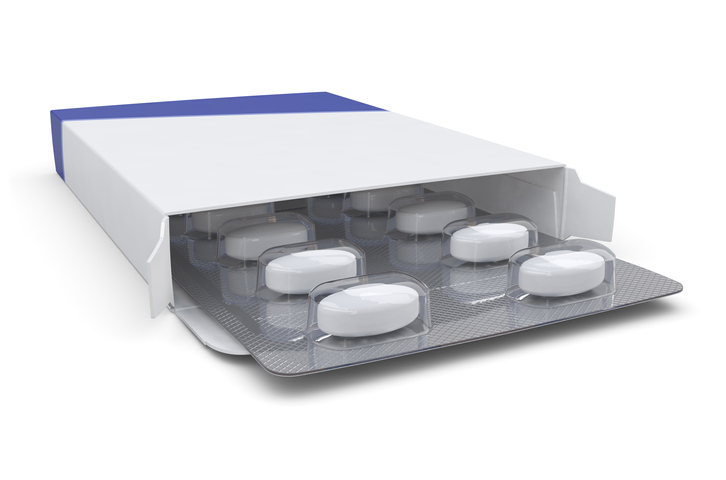Pain
Conventional Medical Treatments for Cluster Headaches

What is a cluster headache?
Cluster headaches are extremely painful primary headaches that occur in cyclical patterns, known as cluster periods. They are often more intense than migraine headaches. A cluster headache typically lasts from 30 to 90 minutes with the most intense pain occurring five to 10 minutes after the start of the attack. They usually occur at the same time every day (sometimes several times per day) during a cluster period, which can last from weeks to months. Cluster periods may occur during the same time each year and are usually followed by periods of remission (pain-free periods). Periods of remission range from months to years.
There is not a cure for cluster headaches, so the goals of medical treatment are to prevent attacks when possible and to decrease the severity and duration of attacks when they occur.
Acute attack treatments
Acute attack treatments work to relieve pain once the attack has already started. These treatments include the following:
- Triptans — Sumatriptan is commonly used to treat migraines, but it can also be used to treat a cluster headache attack. It is most effective when given as an injection, but it is also available in nasal spray form. Zolmitriptan is another triptan used to treat cluster headaches; it is also available in nasal spray form.
- Dihydroergotamine — Dihydroergotamine is an injectable medication that may help relieve pain in as little as five minutes.
- Octreotide — Octreotide is an injectable version of the hormone somatostatin. It is an effective treatment for some individuals with cluster headaches.
- Local anesthetics — In some cases, the numbing effect of anesthetics, such as lidocaine in nasal spray form, may relieve cluster headache pain.
- Oxygen — In many cases, inhaling pure oxygen through a mask relieves the pain of a cluster headache, usually within 15 minutes.
Preventive treatments
While no treatment can cure or prevent all cluster headaches, options that can reduce the frequency of the attacks, shorten the length of the cluster, and lessen the severity of the symptoms are available. These treatments include the following:
- Calcium channel blockers — Verapamil is a calcium channel blocker medication that is frequently used to prevent cluster headaches. It is appropriate for long-term use.
- Beta blockers — Propranolol relaxes the blood vessels to help prevent cluster headache attacks.
- Corticosteroids — Corticosteroids, such as prednisone, can help reduce nerve inflammation but should only be prescribed for short-term use.
- Ergotamine — This medication keeps the blood vessels from dilating. It is often used to prevent migraines, but it can help prevent cluster headaches as well.
- Lithium carbonate — Lithium carbonate is primarily used to treat bipolar disorder, but it can prevent chronic cluster headaches if other preventive medications are not effective.
- Other medications — Other preventive medications that may be prescribed include antidepressants, anti-seizure medications, and muscle relaxants.
- Nerve blocks — A combination of a local anesthetic, with or without a corticosteroid, can be injected into the area around the occipital nerve at the back of the head to reduce the frequency of chronic cluster headaches. This is often a temporary solution until another long-term preventive medication takes effect.





